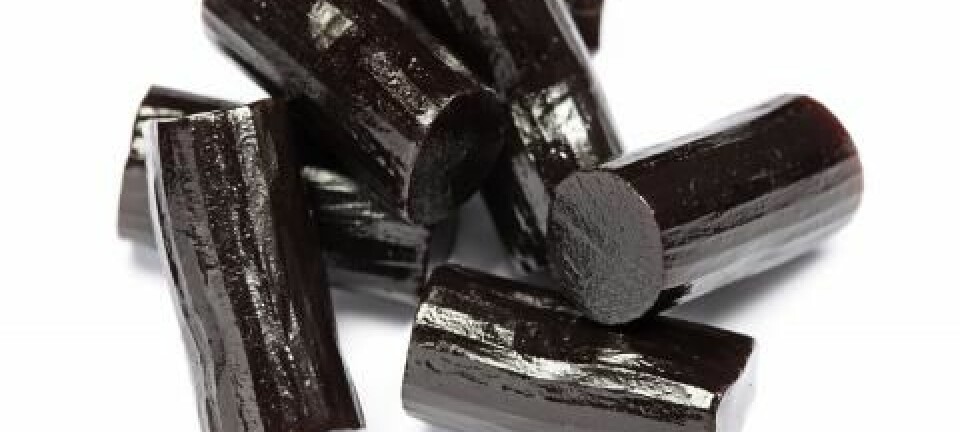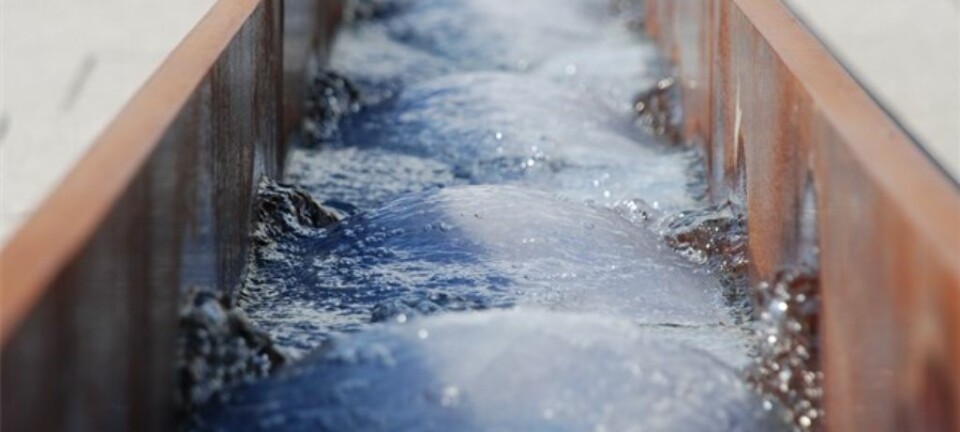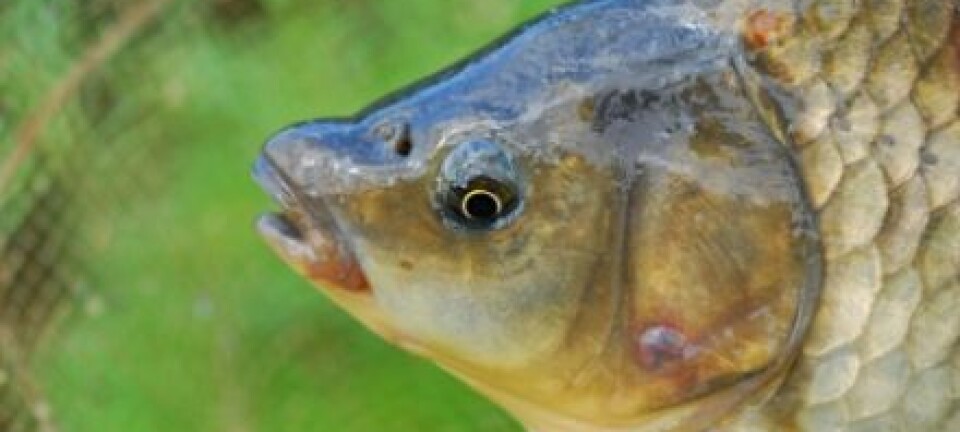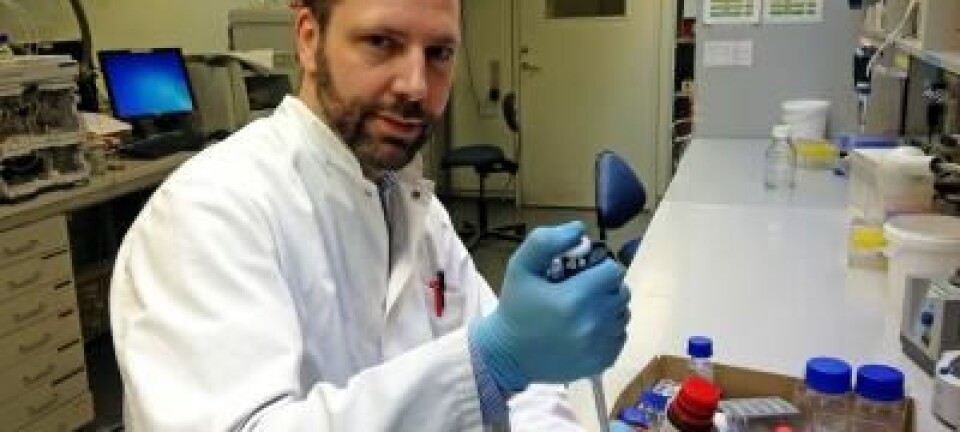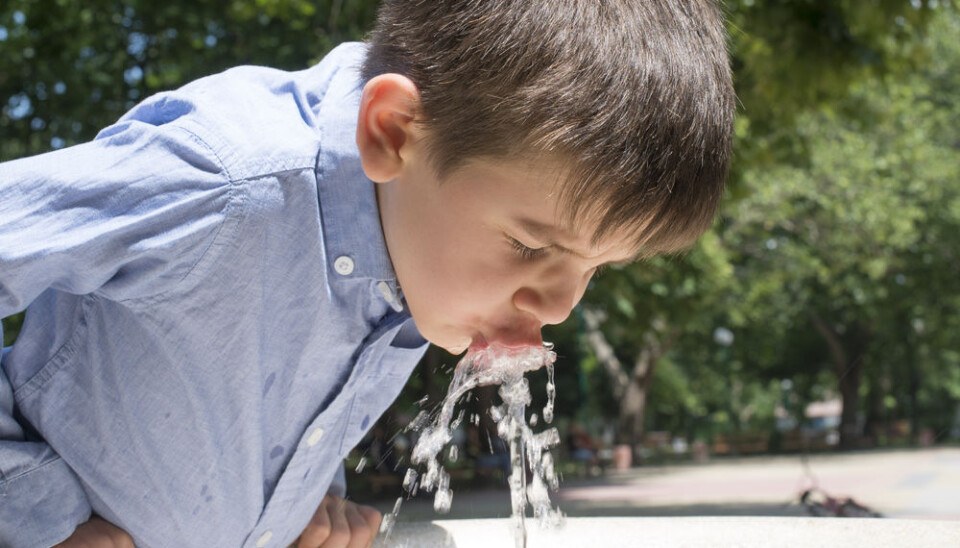
Scientists are cleaning our drinking water with nanoparticles
Nano-sized iron particles will be used to secure clean drinking water in remote corners of Denmark.
Danish scientists have found a new way to counter the problem of polluted drinking water. Using nanoparticles they can remove traces of pesticides and industrial chemicals from water supplies before it’s poured into our glasses.
It's a simple trick: The water is passed through a tube with a high content of iron nanoparticles which breaks down the pesticides and chemicals, “significantly improving water quality for the future,” says lead scientist Yuhoon Hwang, postdoc at the department of environment at the Technical University of Denmark (DTU). His project is funded by the Danish Council for Independent Research.
Danish drinking water is becoming increasingly polluted and upwards of 25 per cent of all ground water drillings contain pesticides and industrial chemicals. As much as 10 per cent of the wells contain levels of pollution above recommended limits for drinking water, forcing several wells to close each year.
The situation is particularly critical in the most remote corners of the country and on the small islands where access to more than one drinking water well is rare. Consequently, this part of the Danish population is entirely dependent on their local waterworks to deliver water that’s pure and free from chemicals and pesticides.
Scrap iron used to clean water
Iron already plays an important part in water purification. Among other things, waterworks use scrap iron to remove pesticides and other unwanted chemicals from the drinking water.
When for instance iron and pesticides are close to one another in the water iron transfers electrons to the pesticide, which results in the iron being dissolved in the water while the pesticide is broken down into harmless components. In technical language, the iron is oxidised and the pesticide is reduced.
However, the reaction between regular-sized iron and water is much too slow to handle the amounts of pesticide currently present in ground water.
Hwang thinks he has found the solution to that problem by using iron nanoparticles as they drastically increase the total surface area.
“This makes the reaction much faster so the same amount of iron can handle larger amounts of pesticides over a shorter period of time,” says the postdoc who devoted his PhD to studying the reaction between nano-sized iron and pollutants in the drinking water.
Nanoparticles need to be attached to something
But there is another problem that needs to be solved first: regular filters at water purification plants can’t catch nanoparticles -- which means they’ll end up in our drinking water.
Hwang thinks he can get around this issue by encapsulating the nanoparticles in another material. He is currently looking into possible solutions that include designer materials from South Korea and active charcoal -- which in fact is already used for water purification.
Using simple chemical reactions, Hwang makes the iron nanoparticles attach themselves to the charcoal, yet maintaining most of their purifying properties.
“With an iron-nanoparticle surface the active charcoal gets an extra property: the ability to extract pesticides and industrial chemicals from the water. This drastically increases the value of the active charcoal in water purification,” says Hwang.
Nanoparticles could react with oxygen
There are some hurdles left for Hwang to solve, though.
Firstly, he must find out if active charcoal is the best solution. There could be other materials out there better suited for the task.
Hwang is going to test various materials that are produced by collaborative partners at the Korea Advanced Institute of Science and Technology (KAIST).
Secondly, molecules other than pesticides and industrial chemicals might react with the iron in the water -- for instance oxygen. As there is far more oxygen in the water than chemicals, the iron nanoparticles might be used up on reacting with the oxygen, which would make the filters a very short-lived solution.
“Those are the sort of things we need to figure out over the next two years,” says Hwang, who expects to have a product ready by then.
---------------
Read the original story in Danish on Videnskab.dk
Translated by: Iben Gøtzsche Thiele
